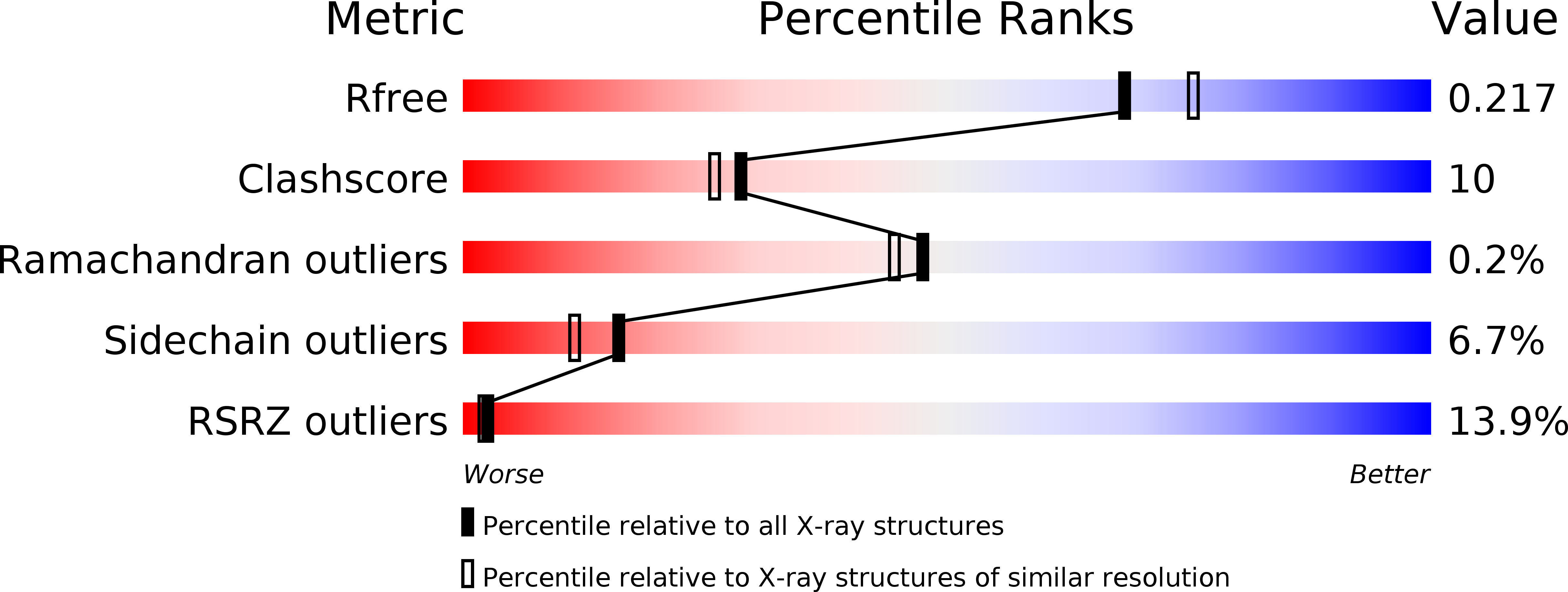
Deposition Date
2009-07-27
Release Date
2009-08-25
Last Version Date
2024-02-21
Entry Detail
PDB ID:
3IG3
Keywords:
Title:
Crystal structure of mouse Plexin A3 intracellular domain
Biological Source:
Source Organism:
Mus musculus (Taxon ID: 10090)
Host Organism:
Method Details:
Experimental Method:
Resolution:
1.99 Å
R-Value Free:
0.22
R-Value Work:
0.18
R-Value Observed:
0.19
Space Group:
C 1 2 1


